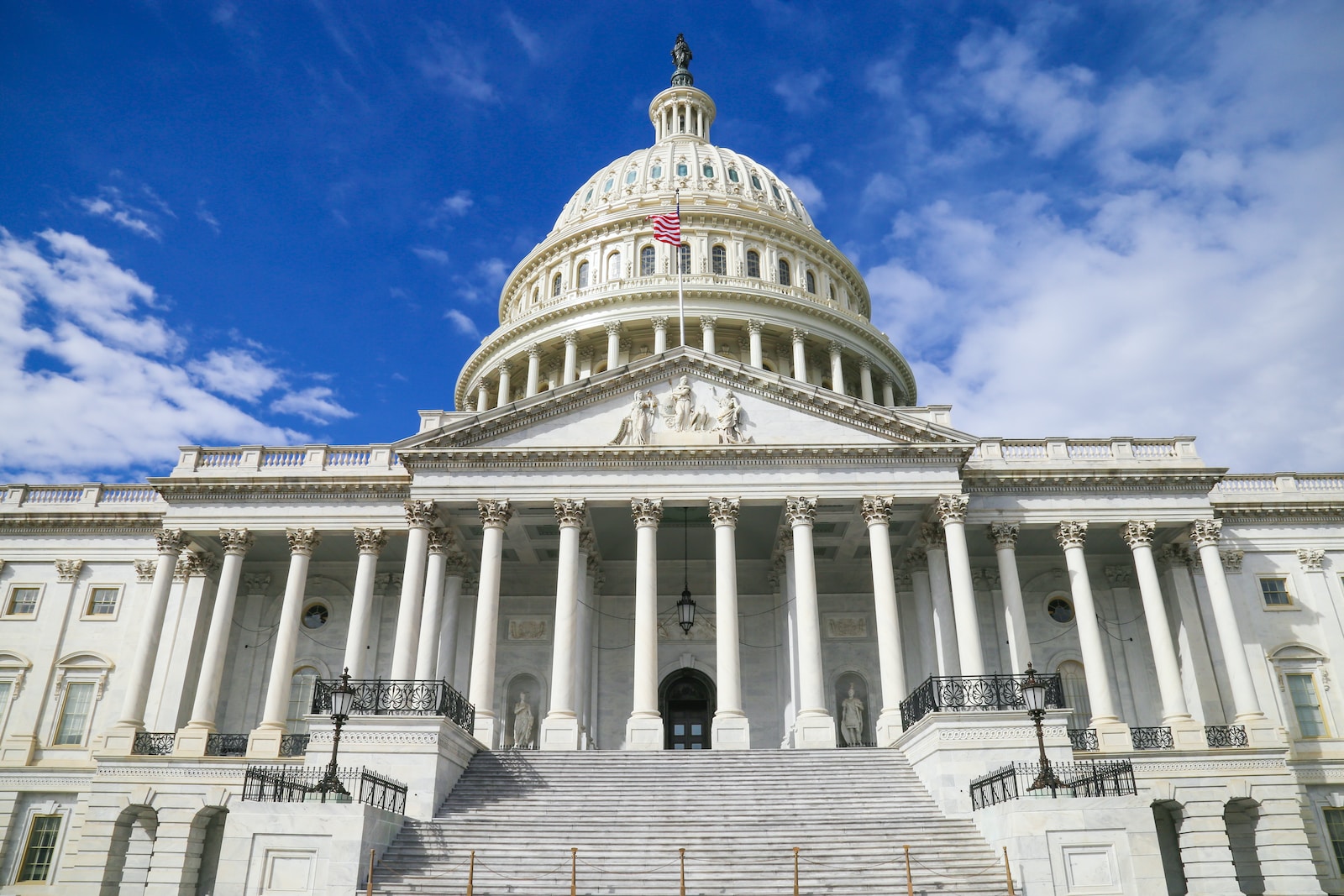Lawmakers are in the process of formulating a temporary bill to keep the government’s operations running until March, aiming to prevent a partial shutdown looming this week.
Funding Deadline and Expiry
Funding for key areas, including agriculture, energy and water, military construction and veterans affairs, transportation and housing programs, is set to expire on **Jan. 19**. The remaining government funding faces expiration on **Feb. 2**.
Stopgap Measure Details
The proposed stopgap measure, expected to be unveiled by congressional leaders on Sunday, would extend funding until **March 1** for the agencies at risk of being affected this week. This deal would provide lawmakers with an extension until **March 8** to allocate funds for other agencies and services, as reported by various sources.
Political Dynamics and Pressures
The anticipated agreement arises amid significant pressure on House Speaker Mike Johnson, R-La., particularly from the right flank of House Republicans. This pressure intensified after Johnson, alongside Senate Majority Leader Chuck Schumer, D-N.Y., announced a spending deal last week, calling for a spending package aligned with the debt ceiling deal reached by former Speaker Kevin McCarthy, R-Calif., and President Joe Biden, totaling around $1.66 trillion.
Despite criticism and calls for deeper spending cuts, Johnson affirmed on Friday that he is not withdrawing from the deal. This controversy follows a few conservative House Republicans’ attempt last year to remove McCarthy from the speakership as he collaborated with Democrats to avert a government shutdown.
Potential Challenges and Vote
Ultraconservative lawmakers may pose a challenge by attempting to disrupt a vote on the impending temporary measure, known as a continuing resolution, expected to be announced on Sunday. Both the House and Senate must pass this deal before Friday at midnight to avoid a government shutdown.
Implications of Government Shutdown
A government shutdown would entail the cessation of work and closure of all officials and federal agencies deemed “non-essential.” Thousands of federal employees could face furloughs.
While “essential” federal workers, such as air traffic controllers and emergency personnel in national parks, would continue to work without pay, they would receive back pay once the shutdown concludes. However, subcontractors for the government may be left without work and would not receive back pay.
Impacts of a shutdown extend to Americans beyond the federal government workforce. Delays in some food assistance benefits and potential pauses in certain food safety inspections are among the potential consequences.





